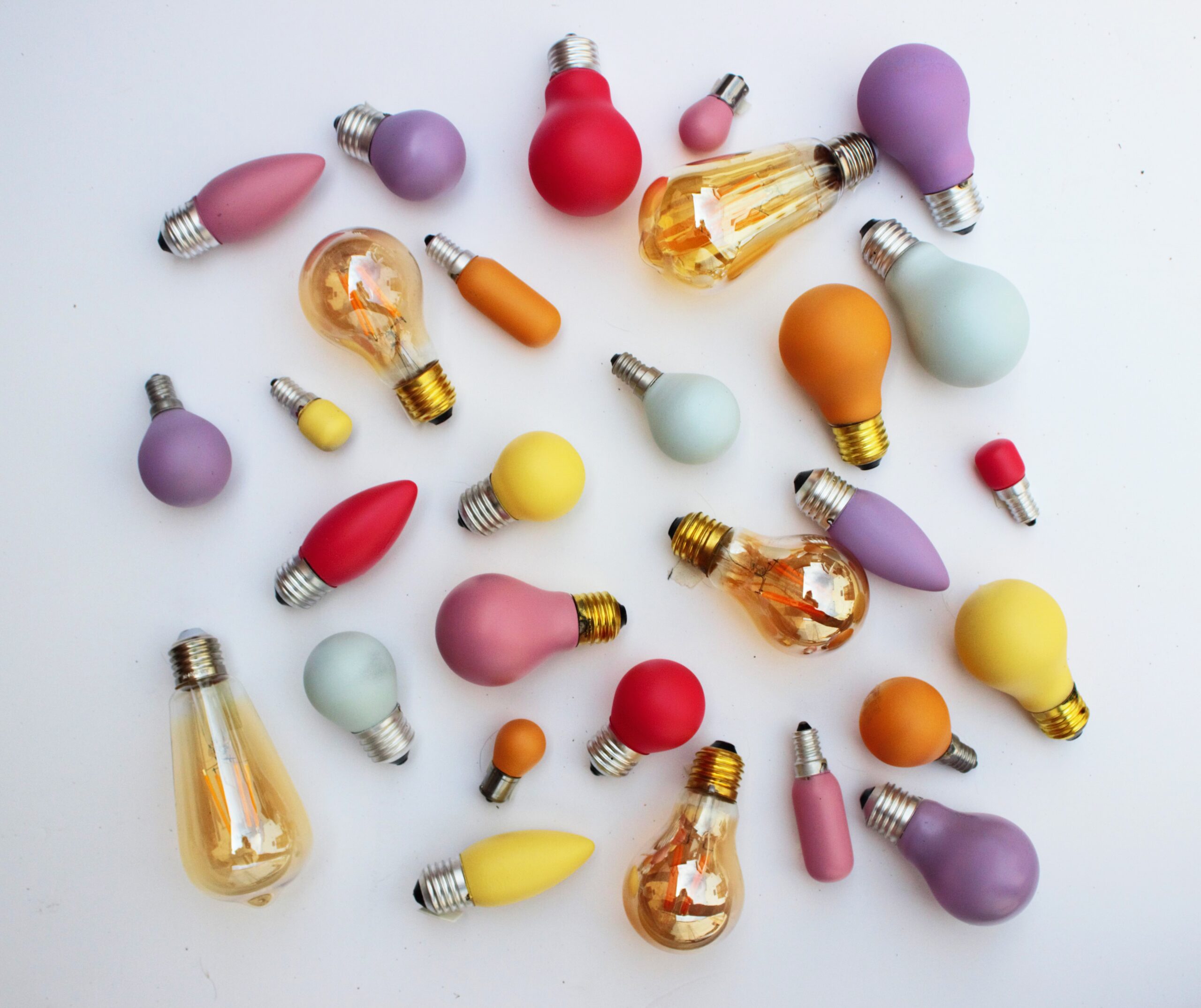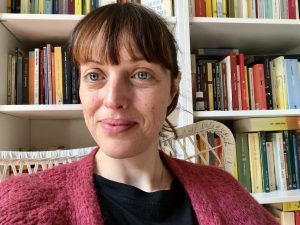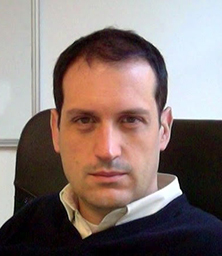


The case study of UTET Università and Il Mulino: how to create an accessible publishing ecosystem
Interview
Creating an accessible digital publishing ecosystem requires optimizing the entire digital publishing supply chain in terms of accessibility so that everyone can have a fully accessible, barrier-free experience. If the production of Born Accessible content is crucial, so is its distribution, starting with the metadata that describes to users the accessibility characteristics of individual titles, making the entire purchasing, lending, and reading experience accessible.
A good case study that illustrates how this concept works is the work of UTET Università and Il Mulino who, together with Fondazione LIA, have both embarked on a journey in the field of accessibility, working in parallel on content and the e-learning platform.
UTET Università‘s work, in particular, has focused on two of the most relevant university texts in its digital catalog: Human Geography. A Visual Approach by A. L. Greiner and Handbook of Film. Language, narrative and analysis by G. Rondolino and D. Tomasi. Today the digital versions of the two university textbooks are also accessible to people with visual impairments and difficulties in reading printed texts, according to international accessibility standards. They can therefore be read and navigated independently through assistive technologies (such as speech synthesis and Braille display) or by customizing the reading interface.
The two titles are available on Pandoracampus, the multi-publisher platform offering tools for higher, university and vocational education. Already in 2019, il Mulino has decided to make Pandoracampus a fully accessible virtual space for students with disabilities as well, launching a collaboration with Fondazione LIA. The features that allow all users to independently navigate the platform have been collected in an accessibility statement published on the website: www.pandoracampus.it/accessibility
We asked Marta Fornasero (Editor of Deascuola) and Paolo Casarini (CTO / IT Director at Società editrice il Mulino) to tell us about this project.
Marta Fornasero and the work on the two university titles

In March 2021, while the Italian university was deciding, after a new Covid-19 surge, to once again close the doors of its physical buildings, we in the editorial staff of UTET Università were instead wondering how to make our content more open and accessible to all: working on teaching, particularly making books, means always having in mind that the texts on which we study must reflect the reality of those who read them and be understood as effectively as possible. The digital versions of our books, for example, listened to by a student with reading disabilities, were like houses with inaccessible rooms: the voice reader read the text, yes, but it froze in front of all the pictures, graphs, and formulas.
Looking for a solution to our doubts, we first came in contact with Fondazione LIA team. Working on the alternative description of images was one of the first steps we tackled together with them and perhaps one of the most challenging and costly steps for the production workflow: it was not only a matter of training the editorial staff and getting our authors used to working on images as well, but above all of inserting this step within a workflow that does not have the classic publishing timeframe (our editorial plans call for sixty titles a year, between new releases and new editions), but much more rapid phases that fit in with university semesters. It has been an exhausting and sometimes frustrating challenge, but at the same time formative and a lot of fun.
Now, after several fine-tuning adjustments and thanks to LIA’s continuous supervision, the alternative description of images, as well as the colour analysis of the layout of an accessible text or the use of concept maps and other tools that are essential for people with DSA but effective for all, are work steps that are seamlessly integrated into the flow and that we take care of from the moment we design a text.
This is just the beginning, but we are getting very positive feedback from colleagues, teachers and students, who would otherwise have to resort to various stratagems to access the content of texts, both for teaching and for study. And it is listening to the voices of those who experience disability discrimination on a daily basis that encourages us to move forward in our project, knowing how much even a simple accessible book can change people’s lives and make the right to study a right truly for all.
Paolo Casarini and the work on the e-learning platform

The evolution of teaching at the university is at the center of the Mulino’s reflection, with the study of publishing products adapted to new needs and the development of tools that take advantage of new technologies to accompany the new uses of students and teachers. With Pandoracampus, il Mulino wanted to create an e-learning platform where it could welcome the experiences of different publishers and create tools to accompany the change taking place with a digital product that would provide real added value over the printed edition.
For several years now in Pandoracampus, the theme of accessibility has become central and we have addressed it with the help of Fondazione LIA both in the creation of accessible interfaces and web services according to reference standards and as a transversal element along the entire publishing production process, with the adoption of formalisms (e.g., tagging of alternative content) and protocols to ensure accessible publications “by design.”
Thanks to this major investment, we have been able to create a fully accessible virtual environment where publishers can publish their textbooks, being able to make the most of their publications, including in terms of access to knowledge for students with disabilities. For example, it is now possible to natively integrate alternative and extended descriptions for images, graphics and formulas so that these can be used by assistive technologies, realizing true inclusive and accessible responsiveness.
Along the way and with great satisfaction, we have finally found that the creation of accessible products and services helps us to place attentions and study solutions that then benefit ordinary users as well. Indeed, accessibility reference standards are the new frontier in digital content production, and the creation of accessible digital products has led us to the use of the best technologies available on the market.



